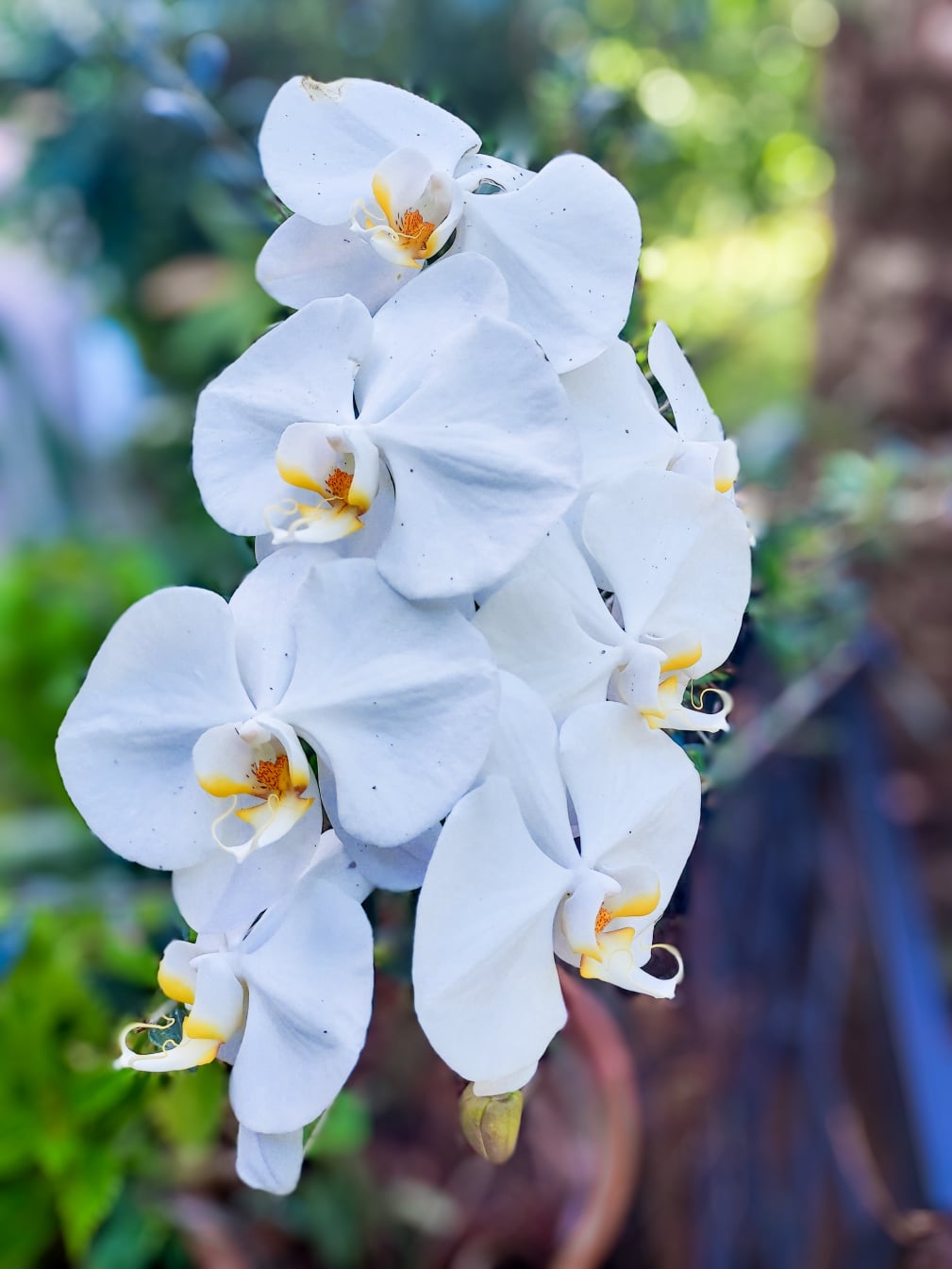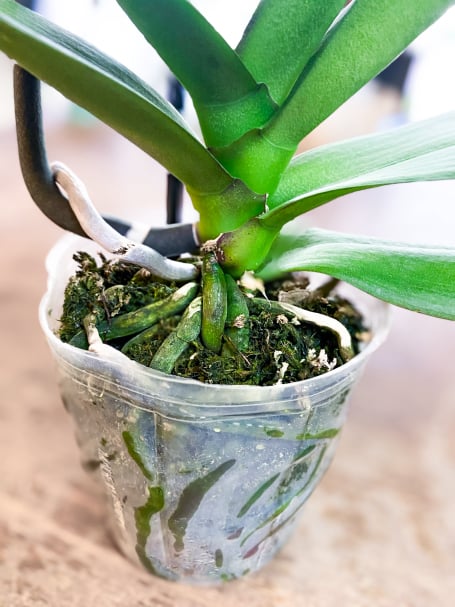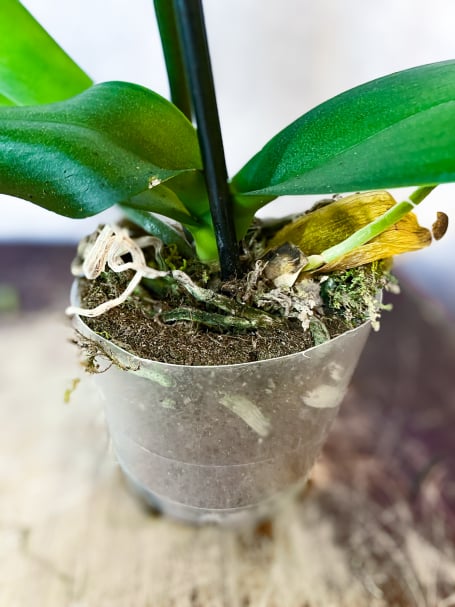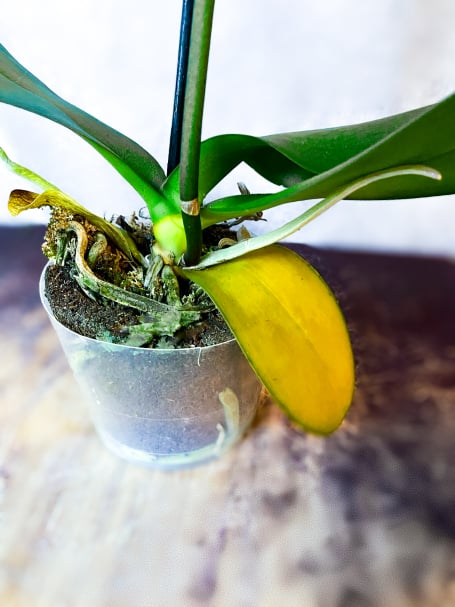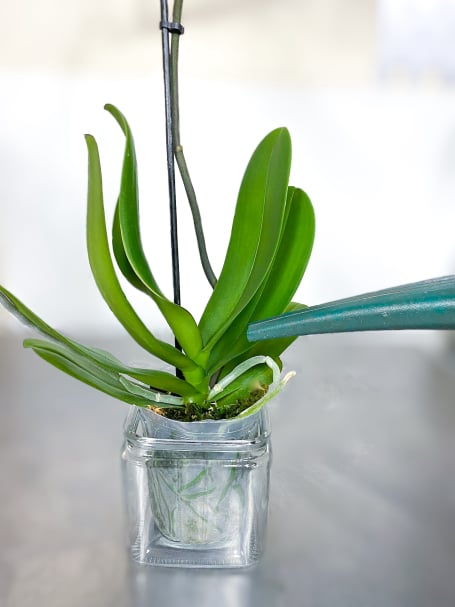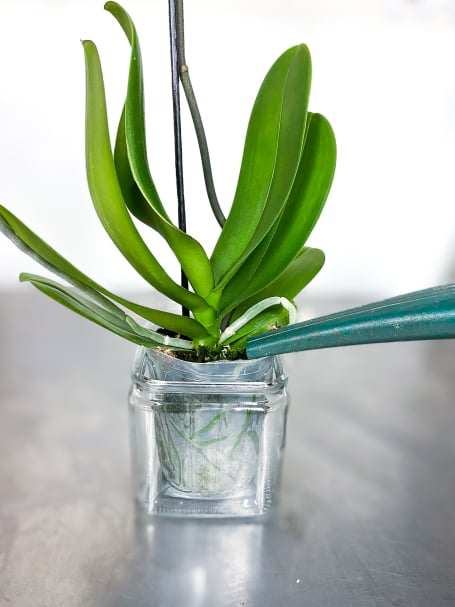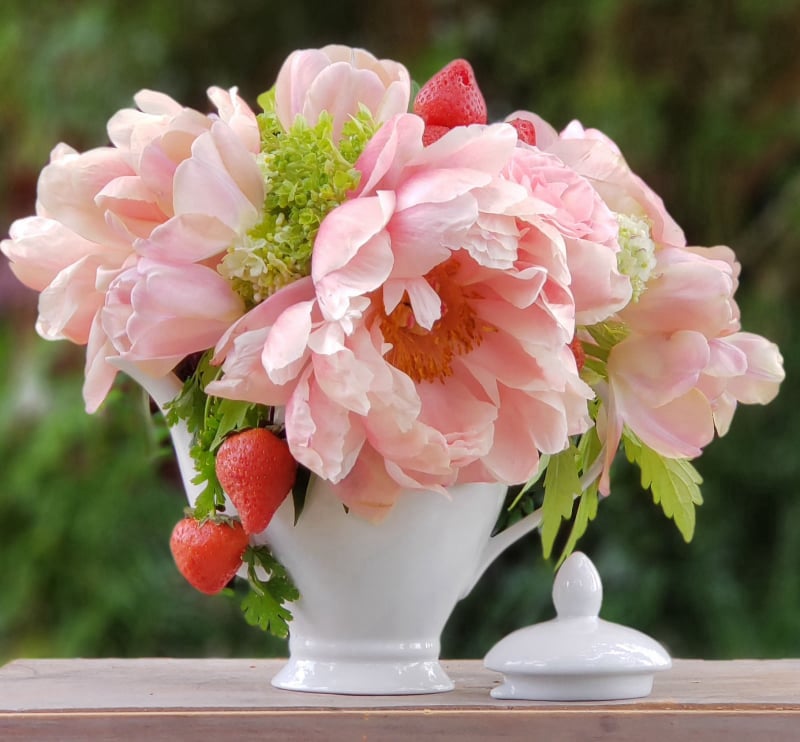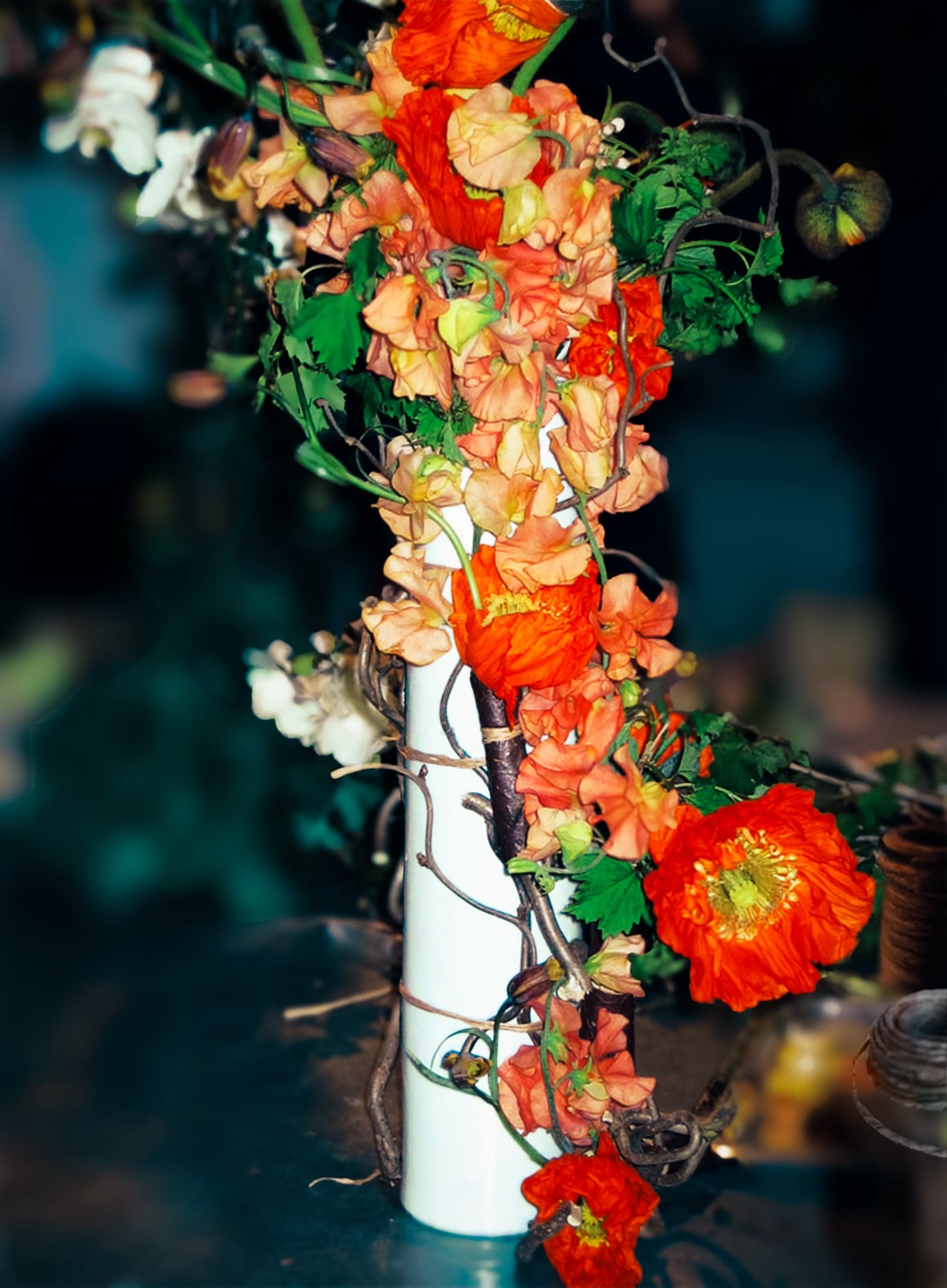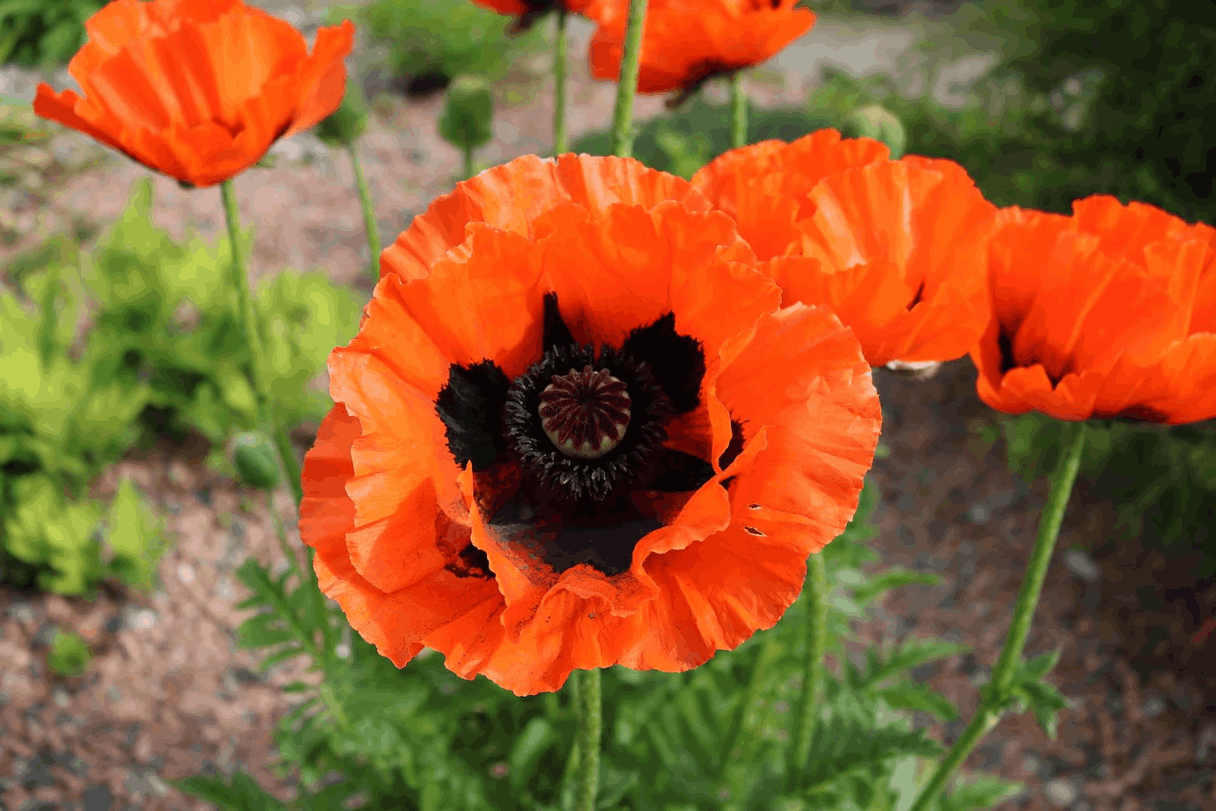
Let’s Talk Tools!
Floral Design Starts with the Right Cutter
Before placing your first stem in a vase or arranging your dream bouquet, gather the right tools—starting with a dependable floral cutter.
A good floral cutter is essential for clean, sharp stem cuts that help the flowers drink water efficiently, stay fresh longer, and allow for a precise sculpted look to the arrangement. And the floral cutter should be comfortable to use! Have you ever tried cutting a stem of hydrangea or a rose with regular kitchen scissors? Frustrating right? It’s like cutting a carrot with a butter knife leaving you with a sore hand and a jagged ugly stem! A good floral cutter feels natural and comfortable in your hand with little stress cutting through the toughest of stems and carry on cutting all day long!
Here's a few tips to keep in mind when selecting the right floral cutter:
• Comfort and quality go hand in hand.
• A stainless-steel blade is the best choice as they stay sharp longer, resist rust, and give you those clean cuts that help flowers stay fresh longer.
• The handle should allow for a soft ergonomic grip that feels good in your hand. It makes a big difference, especially when you're prepping a lot of stems for a big event or bouquet order. A well-designed handle gives you that little extra support, letting you focus on your creativity instead of sore hands. It’s a small detail that makes a BIG difference. Your hands are your most important tools—treat them kindly!
Different floral cutters serve different needs—some are great for delicate flowers, others for woody stems. Consider what types of flowers you work with most and choose accordingly. Just like a chef wouldn’t use one knife for everything, a floral designer needs a few key tools to work efficiently, and most important, safely.
